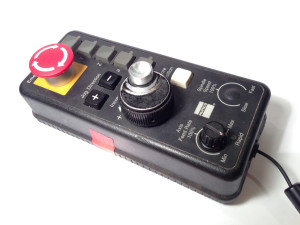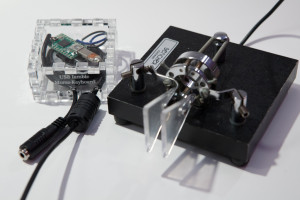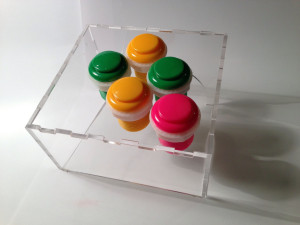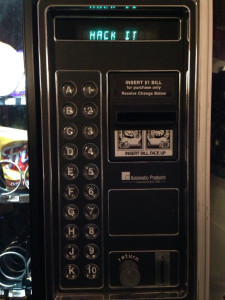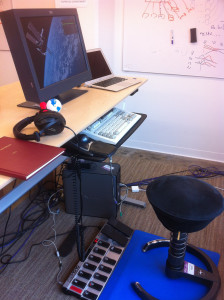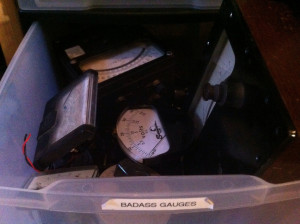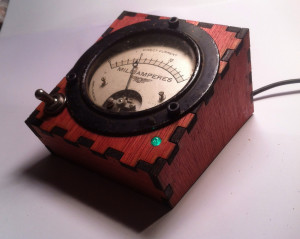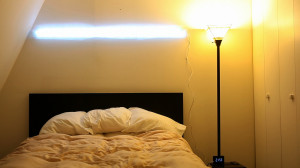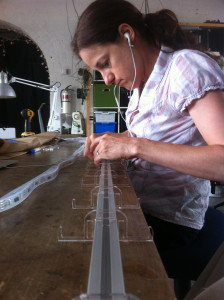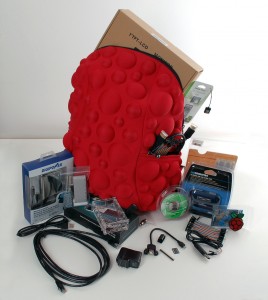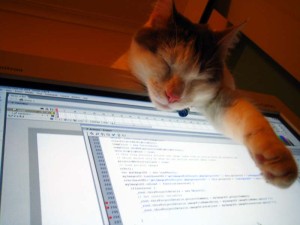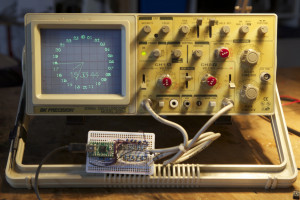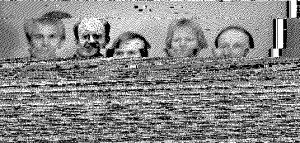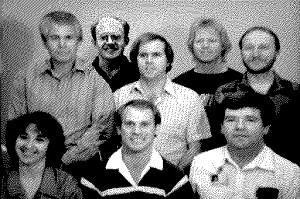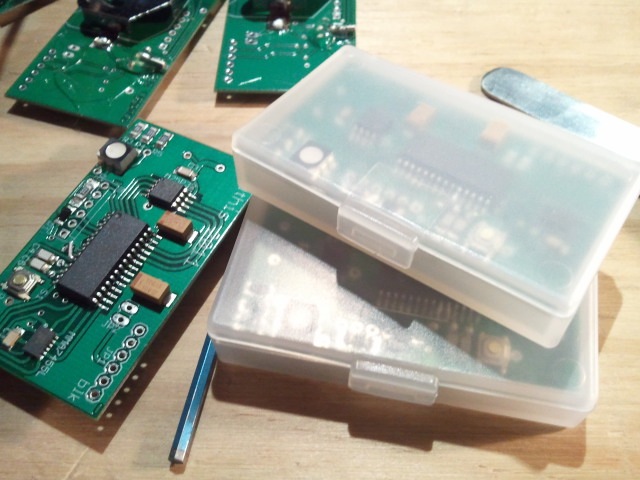Do you want to be able to control software with interesting things?
Do you want to type text in a weird way?
Do you often need to type just the W-A-S-D and space keys?
Or do you have have ideas for repurposing devices to connect them to your computer? Then sign up for the USB Human Input Device class at NYC Resistor next weekend, 14 October 2012!
The class covers writing firmware for the AVR to implement various USB HID classes, such as keyboards, mice and joysticks, using both raw USB calls and Arduino libraries. Included in the class is a Teensy 2.0, a breadboard and switches for building a simple human input device that you can take home to prototype your next gadget project. Anything with buttons, pedals, sliders or knobs can be used to make an input device once you know how!
